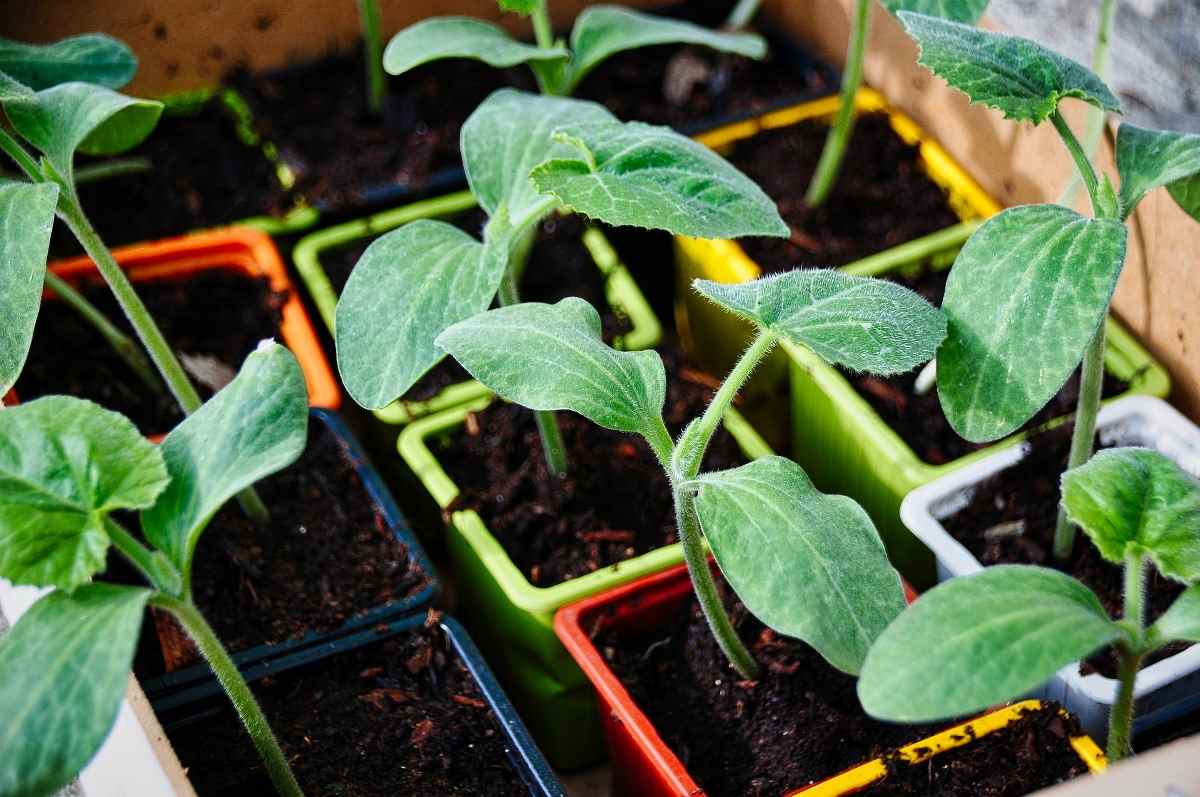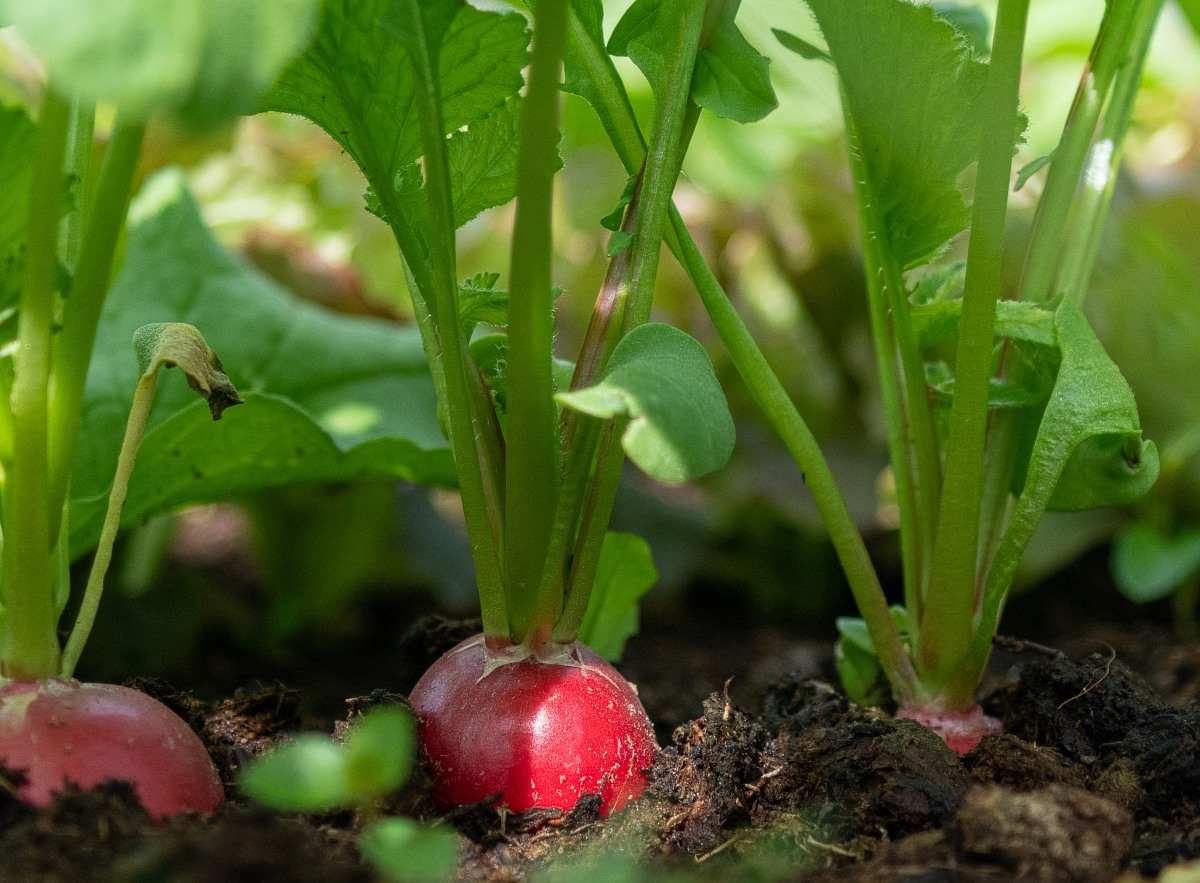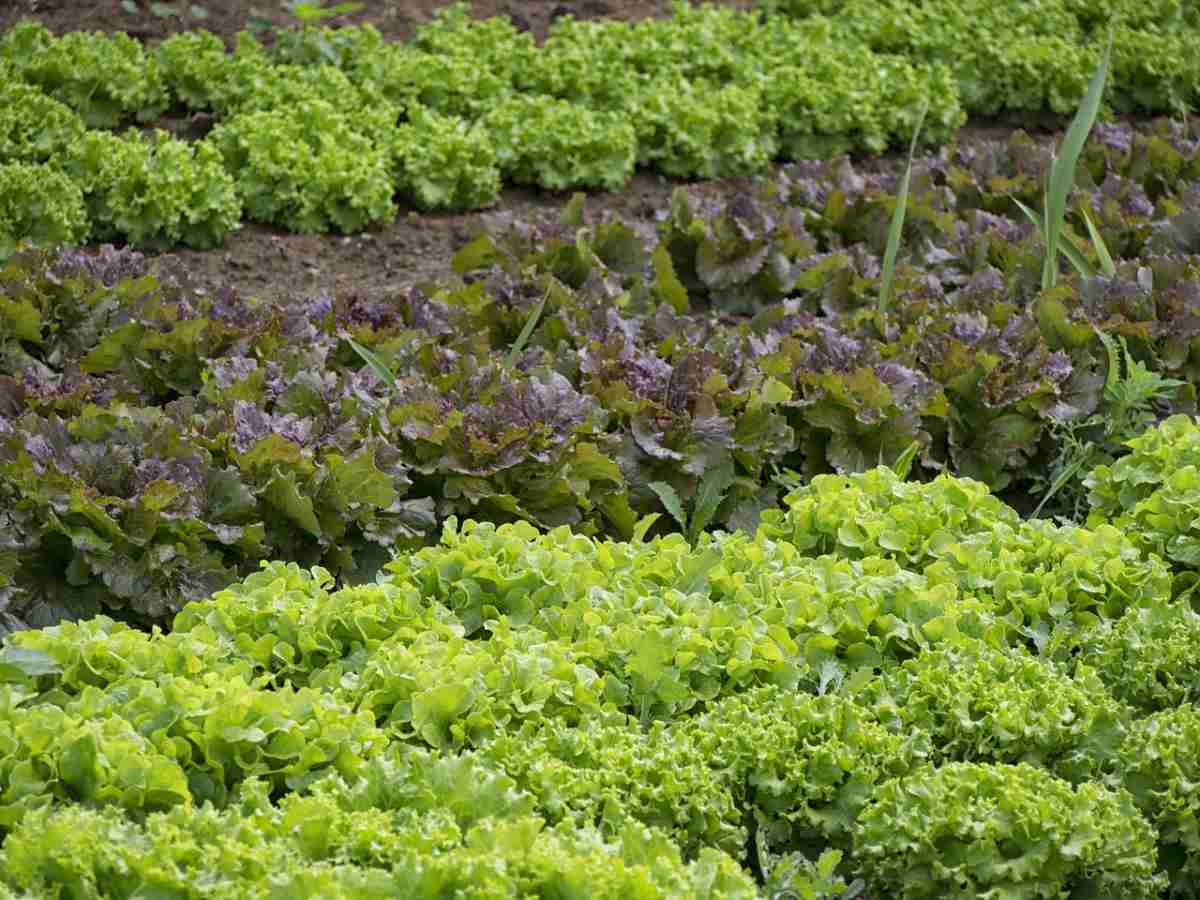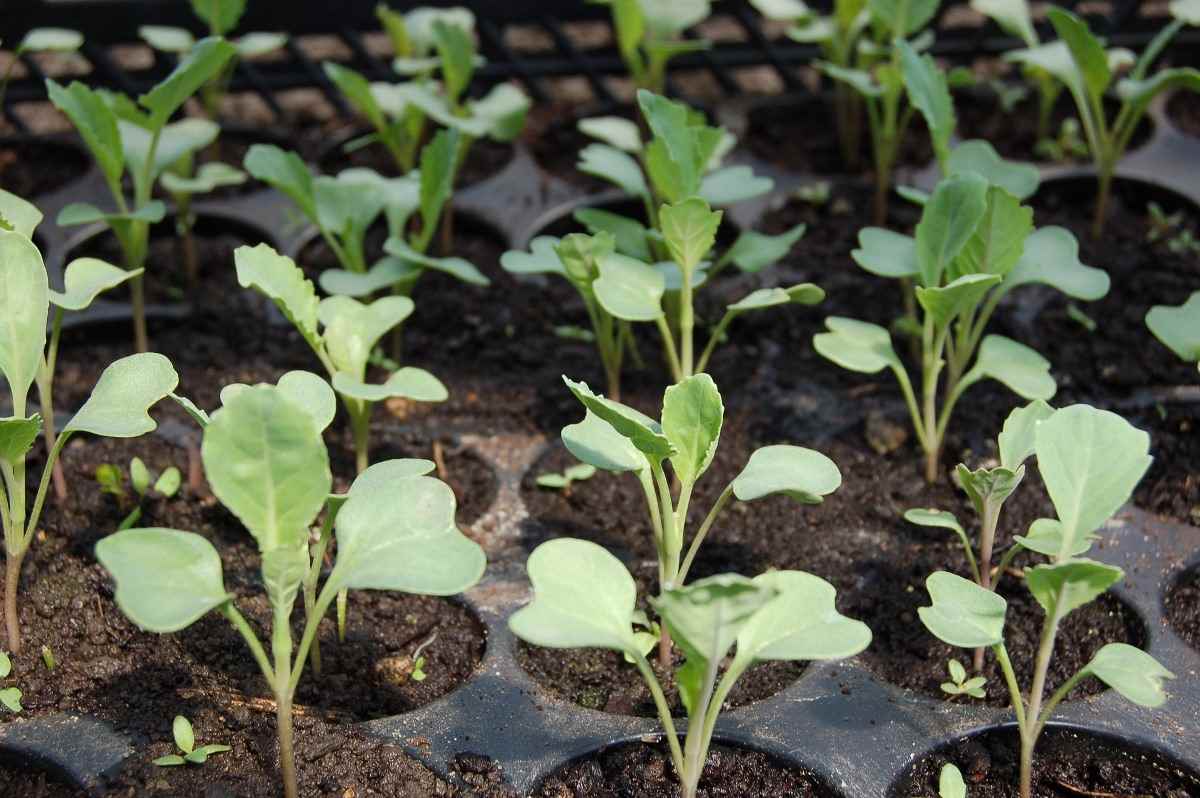Vegetable Gardening Tips for Beginners
Hello gardeners, we are here with a very interesting topic today. The topic is all about vegetable gardening tips for beginners. Are you a beginner at vegetable gardening? Then there is no need to worry just follow this complete article to know all the tips and requirements for having beautiful vegetable gardening.
Introduction to Vegetable Gardening Tips for Beginners
Starting a vegetable garden seems like a daunting task, but don’t think your inexperience means you can’t have a great garden. Vegetable gardening is one of the easiest ways to start gardening for beginners.
Most vegetable plants are annual plants. That means they live only for one season and have to be replaced by new plants the following year. Once you get your first frost in the fall then the plants will die and you don’t have to worry about them anymore.
A Step-By-Step Guide to Vegetable Gardening Tips for Beginners

Vegetable gardening is very beneficial, especially if you plant the right plants. Home-grown food is much different from store-bought food, and the difference is easily seen when you’re used to home-grown veggies and go back to store-bought ones.
Getting started with vegetable gardening is not at all a complicated process, and since I’ve been growing my food myself for several years, I thought it would be nice and helpful to gather the best tips for vegetable gardening for beginners. Now, let us get into the Best Vegetable Gardening Tips for Beginners.
Pick the Right Location
This is one of the best vegetable gardening tips for beginners. Picking a good and the best location for your vegetable garden is one of the major keys to the best results. A perfect location can result in the best kind of veggies. Here are tips for choosing the best site for the vegetable garden:
Sunny spot: Most vegetables need and survive in at least 6 to 8 hours of direct sunlight per day. There are a few vegetables that mean mostly leafy vegetables that will tolerate some shade.
It drains very well and will not stay wet: If you have poorly drained soil where water pools, then plant veggies in a raised bed or even in a raised row for improved drainage. Wet soil means wet roots, that can easily turn into rotted roots. If you have rocky soil, then till and remove the rocks, as they will interfere with root growth and even make for weaker plants.
Stable and even not so windy: Better to avoid places that receive very strong winds that could knock over your young plants or even keep pollinators from doing their job. Nor do you want to plant in a location that receives too much foot traffic or even floods very easily. Plant in a location that would make your plants survive well.
Nutrient-rich soil. You soil feed your plants. If you have very thin and nutrient-poor soil, you will have very poor and unhealthy plants. Then mix in plenty of high organic matter to help your plants grow well.
Improving Your Soil in a Beginner Vegetable Garden
This is one of the best vegetable gardening tips for beginners. Another very important consideration before you begin vegetable gardening is the condition of your soil. Without proper soil preparations, your vegetable garden will have difficulty thriving. Fall is typically the best and good time to prepare for your vegetable garden. Clear the area of weeds and even other debris, such as rocks, sticks, etc., and then better to rake the surface smooth. Work the soil with a tiller or even another appropriate garden tool. If you have more than one bed, then you need to work on one bed at a time. Organic matter within the soil is very important for healthy vegetable gardens. If your soil does not contain sufficient amounts of organic material, then you need to work some into it using compost or manure. Compost will help to improve the texture, fertility, and even drainage of the soil. Some resources that are widely available with more information about composting. After the soil in your required location has been properly worked, you’re able to begin planning your vegetable garden. You’ll want to line the tallest plants at the furthest point back and gradually work others towards the front. Plant rows that mean if you’re using rows north to south and permit approximately 2-3 feet or 61-91 cm. of spacing between your rows, if possible. Place each plant into the vegetable garden at its appropriate planting time-check seed packets or another resource.
Choosing a Plot Size: Start Small
Remember: It is better to be proud of a very small vegetable garden than be frustrated by a big one.
One of the foremost common errors that beginners make is planting an excessive amount of too soon—way quite anybody could ever eat or want. Unless you would like to possess zucchinis taking over residence in your attic, plan your garden with care. Start small, and only grow what you recognize you and your family will eat.
If planting in the ground, a 10 inches x 10 inches garden that means 100 square feet is a manageable size. Pick nearly 3 to 5 of your favorite vegetables and even buy 3 to 5 plants of each one.
If planting in a raised bed, a 4 inches x 4 inches or 4 inches x 8 inches is a very good beginner size. If you want to go bigger, a 12 inches x 24 inches garden in the ground is probably the biggest a first-timer should go. For example, a vegetable garden that feeds a family of four could include 3 hills of yellow squash; 1 mound of zucchini; 10 assorted peppers; 6 tomato plants; 12 okra plants; a 12-foot row of bush beans; 2 cucumbers on a cage; 2 eggplants; 6 basil; 1 rosemary, and a couple of low-growing herbs like oregano, thyme, and marjoram.
Whatever the size of your garden: Every four feet approximately, confirm that you simply have paths that allow you to access your plants to weed and harvest. Just confirm that you simply can reach the middle of the row or bed easily without stepping on the soil.
Choosing Vegetables
This is one of the best vegetable gardening tips for beginners. As a beginner, better start by choosing very easy vegetables that are also productive. We have listed ten very easy vegetables below. For example, if you live in an area with extremely very hot weather, vegetables that prefer cooler temps may struggle a lot to survive.
Top 10 Easy Vegetables to Grow
- Lettuce
- Green beans
- Radishes
- Tomatoes (bush variety or cherry are easiest)
- Zucchini
- Peppers
- Beets
- Carrots
- Chard, Spinach, or Kale
- Peas
Tip: Mix in flowers such as marigolds—which will discourage the pests, attracts pollinators, and even adds some color.
Five Tips for Choosing Vegetables
Choose what you and even your family wish to eat. If nobody likes to eat Brussels sprouts, then don’t bother planting them. But if your kids love green beans, put more effort into growing an enormous plant of green beans.
Be realistic about what percentage of vegetables your family will eat. take care to not overplant, as you’ll only stretch yourself thin by trying to require care of plenty of plants. (Of course, you’ll always give excess veggies away to friends, family, or the local charity .)
Consider the supply of veggies at your grocery. Maybe you would like to grow tomatillos, rather than cabbage or carrots, which are readily available. Also, certain veggies are thus far superior when home-grown; it’s almost a shame to not consider them (we’re thinking of common lettuce and tomatoes). Also, home-grown herbs are far less costly than grocery herbs.
Be prepared to require care of your plants throughout the season. happening a summer vacation? Remember that tomatoes and zucchinis are growing strongest within the middle of summer. If you’re one a part of the summer, you would like someone to seem after the crops or they’re going to suffer. Or, you’ll just grow cool-season crops like lettuce, kale, peas, and root veggies during the cooler months lately spring and early fall.
Use high-quality seeds. Seed packets are very less costly than individual plants, but if seeds don’t germinate, your money and even your time will be wasted. a couple of extra cents spent in spring for that year’s seeds can pay off in higher yields at harvest.
Where and When to Plant

This is one of the best vegetable gardening tips for beginners. If you are simply growing two or three tomato plants, this process is very easy. But if you plan to grow a full vegetable garden, you need to consider the following things:
Where will each plant go?
When will each vegetable need to be planted in the garden?
Here are a few guidelines for arranging your vegetables are listed below:
Not all vegetables need to be planted at the same time.
“Cool-season” vegetables such as lettuce and broccoli and even peas grow in cooler weather of early spring and fall.
“Warm-season” such as tomatoes and peppers and even cucumbers are not planted until the soil warms up in late spring and even in summer.
Better to plant tall veggies such as pole beans on a trellis or even sweet corn on the north side of the vegetable garden so they will not shade shorter plants. If you do get shade in a part of your vegetable garden, better save that area for small and cool-season veggies. If the shady area is unavoidable in parts of your vegetable garden, better save those areas for cool-season vegetables which appreciate shade as the weather heats up.
Most veggies are annuals that mean planted each year. If you are planning on growing “perennial” plants such as asparagus, rhubarb, and even some herbs, they will provide permanent locations or beds.
Consider that some plants mature very quickly and have a very short harvest period such as radishes and bush beans. Other plants, such as tomatoes, will take longer to produce, but also produce for very long. These “days to maturity” are very typically listed on the seed packet.
Stagger plantings. If you don’t want to plant all your lettuce seeds at the same time, or all that lettuce will need to be harvested at around the same time. Then stagger plantings by a few weeks to keep ‘em coming.
When to Plant What
This is one of the best vegetable gardening tips for beginners. Every place has a different planting time based mainly on its weather condition, and even every vegetable has its temperature preferences, too. So, it is better to plant in suitable climate conditions.
A Starter/Beginner Vegetable Gardening Plan

This is one of the best vegetable gardening tips for beginners. To help out beginners, we thought that it may be useful to see a vegetable garden design. Here is an example of a starter family garden using mainly the common and easy-to-grow vegetables listed above. It also features companion planting that means the practice of placing plants that survive together next to each other.
You will able to see that we have given the garden decent-sized paths and even mixed in a few herbs and flowers, too. Frankly, if we had grown this vegetable garden in our very first year, we would be thrilled. In planning the vegetable garden in this way, we have made it so much easier for you to succeed with it.
Vegetable Garden Planning Tool
The Old Farmer’s Almanac offers a very excellent online garden planning tool that makes your garden planning fun and very easy. With this tool, you can draw your garden plan on the computer and even drop in your preferred vegetables, and it automatically calculates the proper spacing for each type of plant. The Garden Planner automatically pulls within the frost dates for your specific location, identifies easy vegetables, and even identifies companion plants. Then you’ll print out your plan and therefore the tool reminds you of your seeding and harvesting dates for each vegetable.
Plus, you can see many free garden plans for inspiration. Over time, you can see that this tool also provides “plant rotation” so that if you propose a second season, then you’ll properly reposition your plants to avoid pests and disease.
Use Mulch for Weed Control
This is one of the best vegetable gardening tips for beginners. Mulching is one of the best and most important things to do in your vegetable garden. Spreading mulch will not only decrease your fight with weeds but will also help the soil retain moisture and even decrease watering needs through the summer
It is better to Water Deeply than More Frequently
In your vegetable garden, too much water can be just as bad as too little. Drenching your plants can leach nutrients out of the soil leading to very less flavourful produce.
It is better to set your vegetable garden up with drip irrigation or a soaker hose so you can provide water mainly to the base and even roots of the plant. It is hard to say how often you will have to water because it varies a lot depending on your weather or climate, but with very deep watering, your plants may be content with more time between watering.
Raised Beds and Containers Are Often Easier
If you are looking for tips for vegetable gardening with less work, then containers have to be the way to go. With a container, you are not going to struggle with weeds nearly as much, and preventing pests is simpler, too.
With containers, you may have to water and even fertilize more often, but for the most part, vegetables are very easy to grow in containers.
Don’t Be Afraid to Start From Seed
If the idea of seed starting indoors seems daunting to you, why not just start your seeds directly in the vegetable garden? There are many different varieties of vegetables that are very easy to grow from seed.
Squash, watermelon, cucumbers, and even beans are all very simple and easy to grow from seed. It is so simple that even your kids can grow some of these plants all by themselves very easily.
Watch the weather and then choose to plant on a day right before it is set to rain for a few days. In a few days when the rain passes, you need to go out in your garden and look for sprouts.
Buy Healthy Plants
In case if you miss this: Growing Strawberries In Greenhouse.

When you are at the nursery, better take note of the health of the plants.
The leaves should be in a healthy green colour, but not yellow.
There should be no holes or even pests on the leaves which means look on the underside of leaves for eggs, too.
Better avoid vegetable plants with flowers or fruit – on small plants, because these can indicate that the plant is stressed.
Understand How Fertilizer Works
This is one of the best vegetable gardening tips for beginners. Sometimes I hear vegetable gardeners talk about growing great and very big plants but not getting a lot of fruit. If this has happened to you, then you may be using the wrong kind of fertilizer for your vegetable garden.
Good products like Miracle-grow are formulated to produce very large plants, but the high nitrogen content can even lead to low fruit production and even blossom end rot.
One Final Thing to Remember
Your vegetable garden should be a place where you enjoy spending time. If you find there is some aspect of vegetable gardening you don’t like, then adjust the way you grow until you find a method that works for you.